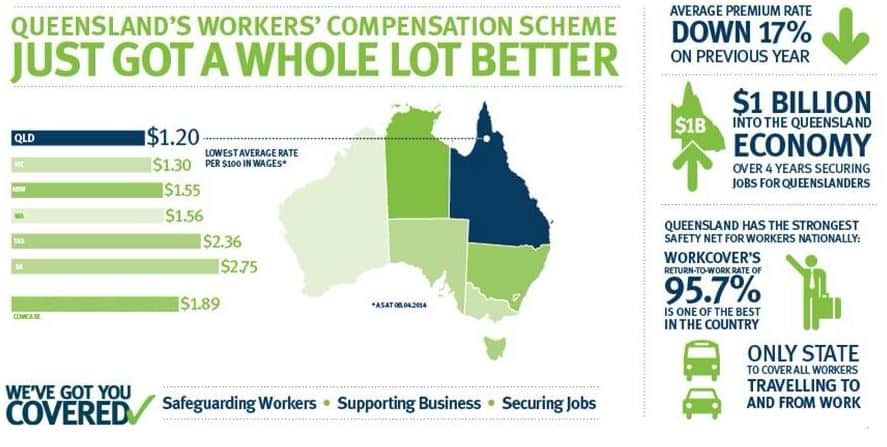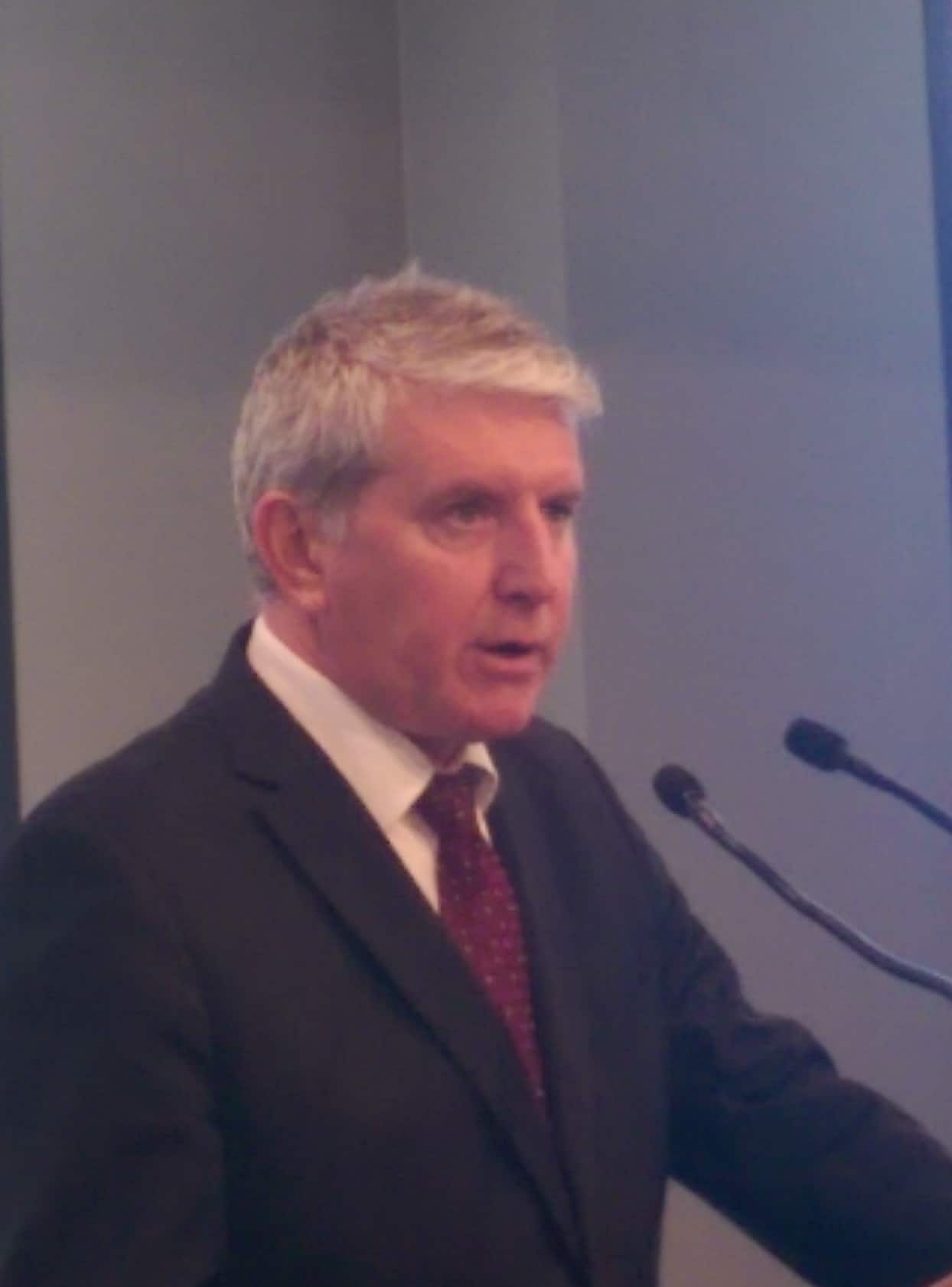The Queensland Premier, Campbell Newman, called a “snap” election for the end of January 2015. On 11 January 2015, Newman tweeted:
“Queenslanders injured at work are covered by Australia’s strongest workers’ compensation scheme.”
This is a further example of political newspeak as what does a “strong” workers’ compensation scheme look like? Newman’s tweet included an image that provides some clarity to his claim.
 Continue reading “Queensland’s workers’ compensation performance is “double plus good””
Continue reading “Queensland’s workers’ compensation performance is “double plus good””

 As part of Safe Work Australia month, or perhaps coincidentally, the Australian Council of Trade Unions held its annual
As part of Safe Work Australia month, or perhaps coincidentally, the Australian Council of Trade Unions held its annual